<--- Back to Details
| First Page | Document Content | |
|---|---|---|
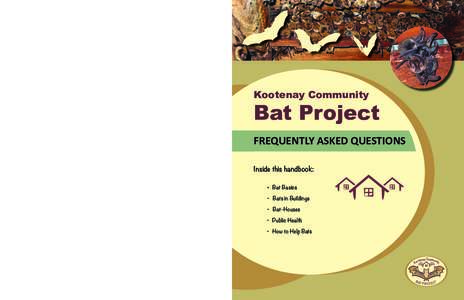 Date: 2013-12-19 23:01:28Mouse-eared bats Bats of Canada Bats of the United States Vesper bat Fringed myotis Long-eared myotis California myotis Bat Little brown bat Northern long-eared bat Red myotis Long-legged myotis |
Add to Reading List |
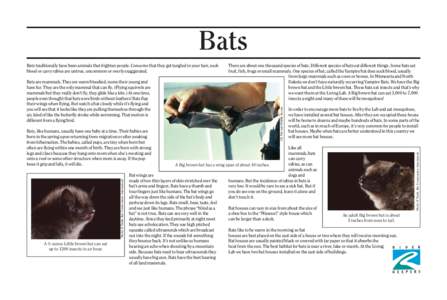 | Bats Merlin D Tuttle, Bat Conservation International Bats, like humans, usually have one baby at a time. Their babies are born in the spring upon returning from migration or after awakingDocID: 1rmNJ - View Document |
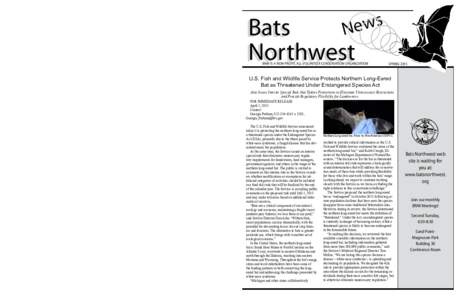 | Become a Bats Northwest Member Join us in the adventure to learn more about our bat neighbors!DocID: 1qA82 - View Document |
 | ARKive image GES143493 - Northern long-eared batDocID: 1qzIi - View Document |
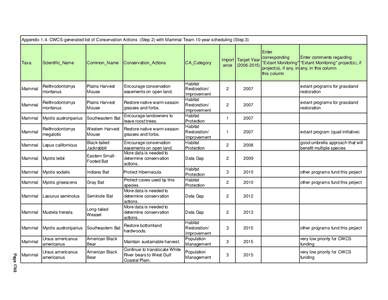 | Appendix 1.4. CWCS-generated list of Conservation Actions (Step 2) with Mammal Team 10-year scheduling (Step 3) Taxa Scientific_NameDocID: 1pW6q - View Document |
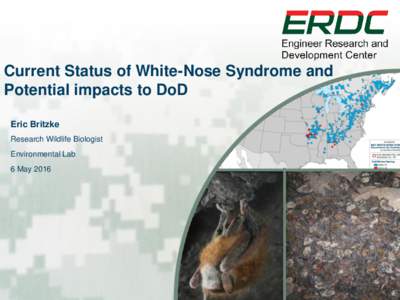 | Current Status of White-Nose Syndrome and Potential impacts to DoD Eric Britzke Research Wildlife Biologist Environmental Lab 6 May 2016DocID: 1pOK3 - View Document |
 Kootenay Community Bat Project FREQUENTLY ASKED QUESTIONS Inside this handbook: • Bat Basics
Kootenay Community Bat Project FREQUENTLY ASKED QUESTIONS Inside this handbook: • Bat Basics